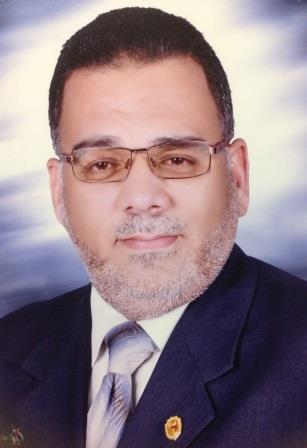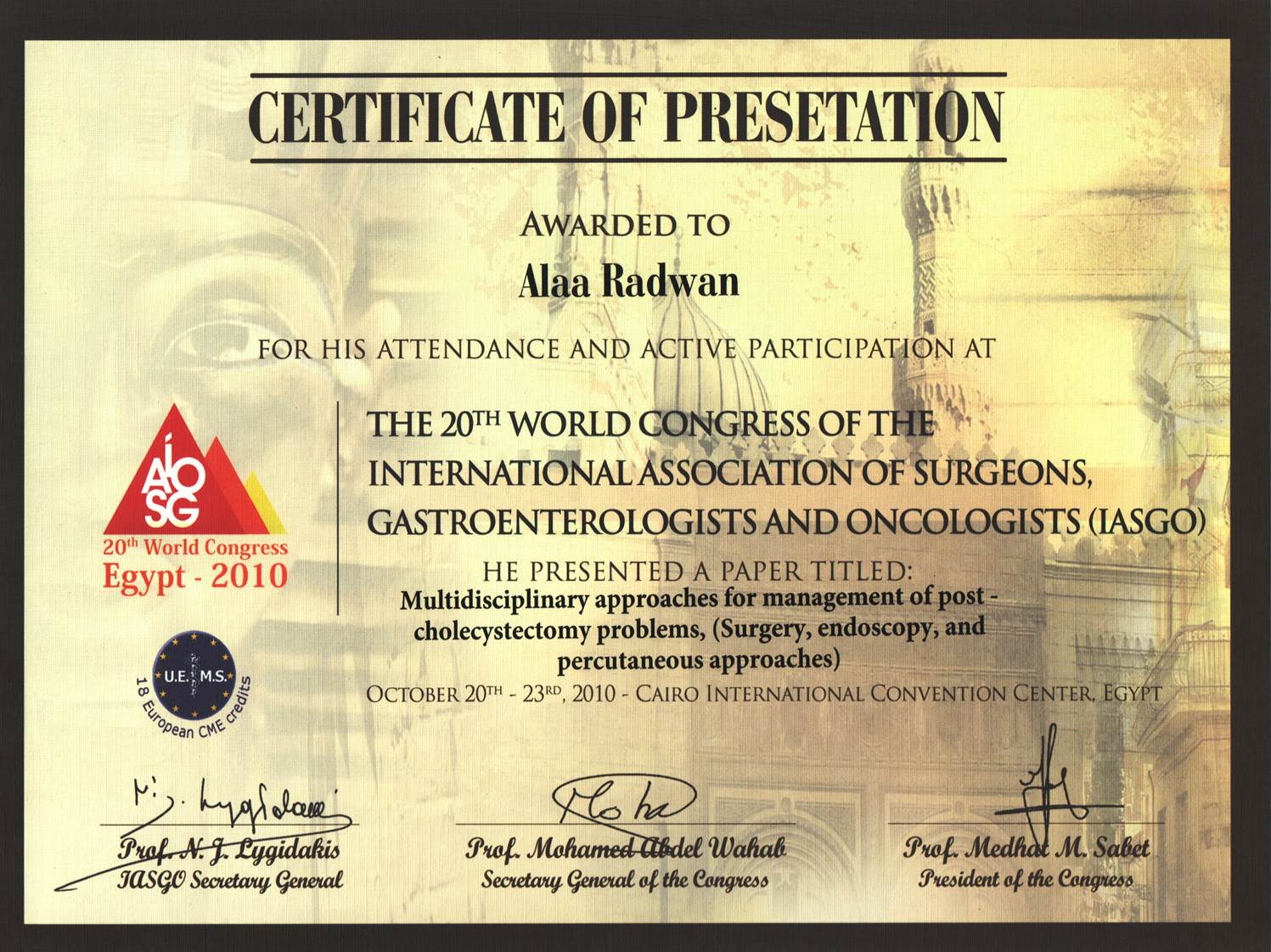Abstract
Purpose: This prospective study was undertaken to study and evaluate different techniques used in management of post cholecystectomy problems namely surgery, endoscopy, and percutaneous manipulation.
Patients & Methods: A randomly selected sample of 210 patients with post cholecystectomy problems (122 females and 88 males) were collected from surgery department, and managed accordingly using surgery (40 attempts), endoscopy (207 attempts), or percutaneous approaches (34 attempts).
Results: Endoscopic (ERCP) management was done as a therapeutic approach with 183 cases, or diagnostic cholangiogram only with 24 cases. Those cases treated included stone(s) treated by extraction in 81 cases, stricture or injuries (55 cases) treated by dilatation and stenting, and bile leakage (35 case) treated by sphincterotomy and/or stenting.
Percutaneous approaches were done with 34 cases by diagnostic PTC prior surgery in 19 cases, percutaneous internal biliary stenting in 2 cases of stricture, and combined with endoscopy in 13 cases.
Surgery was done in 40 cases either urgent in 10 cases with biliary peritonitis (4.8% of cases), or planned in 30 cases (14.3% 0f cases). The techniques were peritoneal lavage in 7 cases prior proper approach, choledocho-lithotomy in 8 cases, undo ligation and T shaped tube drainage in 5 cases, repair of CBD laceration splinted by T tube in 3 cases, choedocho-duodenostomy in 1 case, and choledocho - jejunostomy as Roux-en Y loop in 18 cases.
Conclusion: Endoscopic approaches proved efficacy, safety, and cost effectiveness not only in diagnosis and evaluation, but also considered the main stay of treatment, especially when combined with percutaneous approaches that help in avoiding failure in some problematic cases. However surgery remains the gold standard and effective way of treatment not only for cases failed to be treated by the less invasive approaches, but in some cases that is mandatory to be explored as biliary peritonitis.


